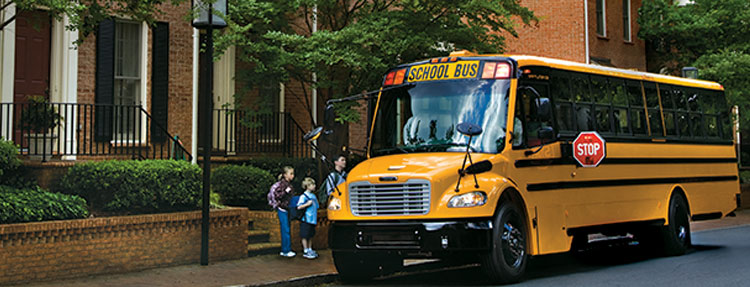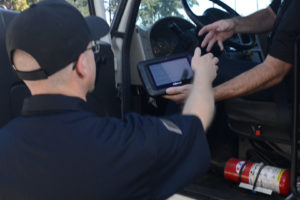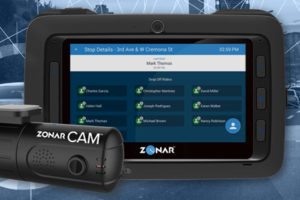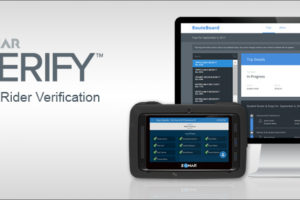Increasingly, school buses will come equipped with a set of standard technologies that will need to work in unison. These will include, but hardly be limited to cameras, tablets, bring your own devices (BYOD), ridership, bus tracking and sensors, to provide comprehensive solutions for the safety and security needs of students and peace of mind for parents. With these additions, you are enabling drivers and dispatchers to communicate with one another while also understanding exactly what is going on with the bus. It’s one thing to receive a fault code or have other sensors or cameras on a bus, but it’s another to be able to act on the information through streamlined and accurate communication between drivers and dispatch. It’s a huge benefit to get real-time information you can use to make decisions.
Today, most school buses use two-way radios to communicate their location and road conditions with dispatch. With modern technology, providers like Zonar are looking to move these operations onboard the bus in a tablet form. Creating a “dispatcher on board” will give school bus fleets the ability to have turn-by-turn route information, a roster of who is on board, and more, rather than relying on information that is communicated via radio or paper from a pre- and post-trip checklist. Drivers will soon have a tablet that creates a driver-to-bus association, so they can truly understand how they are doing in terms of performance, fuel consumption, and whether they are on-time.
A great example of the transition to increase school bus mobility is at Watkins Glen Central School District. The school district streamlined their tracking and account management capabilities, improved its compliance initiatives, improved its communication between drivers and dispatch and has added student ridership tracking capabilities all while getting an increased return on its technology investment.
Portions of this post and more information on school bus mobility may be found in School Transportation News.







